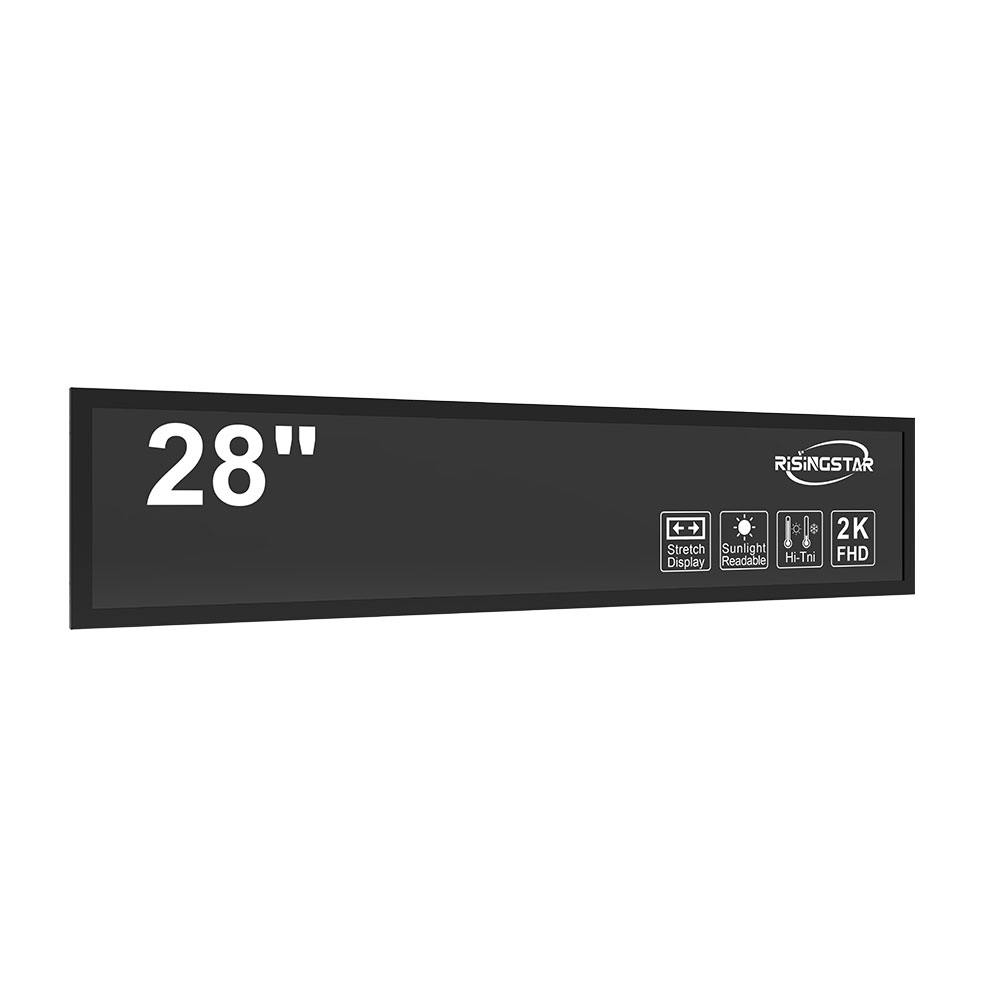
Privacy statement: Your privacy is very important to Us. Our company promises not to disclose your personal information to any external company without your explicit permission.
When selecting an outdoor LCD screen for commercial, public, or industrial use, it’s critical to prioritize both visibility under direct sunlight and long-term durability against environmental stressors. Unlike indoor displays, outdoor screens must operate reliably in temperatures ranging from -30°C to +60°C, withstand UV radiation, humidity, rain, and even wind-blown debris.
Brightness and Sunlight Readability
A key metric is brightness measured in nits. For optimal outdoor performance, a minimum of 5,000 nits is recommended—some premium models exceed 10,000 nits. Industry standards like the IEC 62689 specify that outdoor displays should maintain readability at 1,000 lux (typical sunny conditions). High-brightness panels often use LED backlighting with advanced diffusers to minimize glare while maximizing contrast.
Environmental Protection Ratings

IP65 or higher is essential for waterproofing and dust resistance. This rating ensures the unit can survive heavy rain and sandstorms without internal damage. Additionally, conformal coating on circuit boards adds protection against moisture ingress—a common failure point in less robust units.
Thermal Management Design
Outdoor screens generate significant heat, especially when operating in direct sun. Efficient thermal design includes passive heat sinks, active cooling fans (with IP65-rated enclosures), and intelligent temperature monitoring systems. A well-designed system prevents overheating and extends lifespan—typically rated at over 100,000 hours MTBF (Mean Time Between Failures) per industry benchmarks like SMPTE RP-2198.
Durability Materials and Build Quality
Aluminum extrusion frames are preferred over plastic due to better thermal conductivity and structural integrity. Tempered glass with anti-glare and scratch-resistant coatings improves both safety and longevity. Many top-tier manufacturers now use Gorilla Glass or similar solutions for high-impact resistance.
Content Scheduling and Remote Management
Modern outdoor LCDs integrate with cloud-based content management systems (CMS) like BrightSign, Xibo, or Screenly. These allow real-time updates, scheduling based on time-of-day lighting conditions, and remote diagnostics—all vital for reducing maintenance costs and ensuring consistent uptime.
In conclusion, choosing the right outdoor LCD screen involves balancing brightness, ruggedness, thermal efficiency, and smart software integration. Leading brands such as LG, Samsung, and NEC follow strict ISO 14001 and CE standards, offering certified solutions that meet global market demands. Investing in quality upfront reduces long-term operational expenses and ensures reliable messaging in any environment.
Email to this supplier

Privacy statement: Your privacy is very important to Us. Our company promises not to disclose your personal information to any external company without your explicit permission.